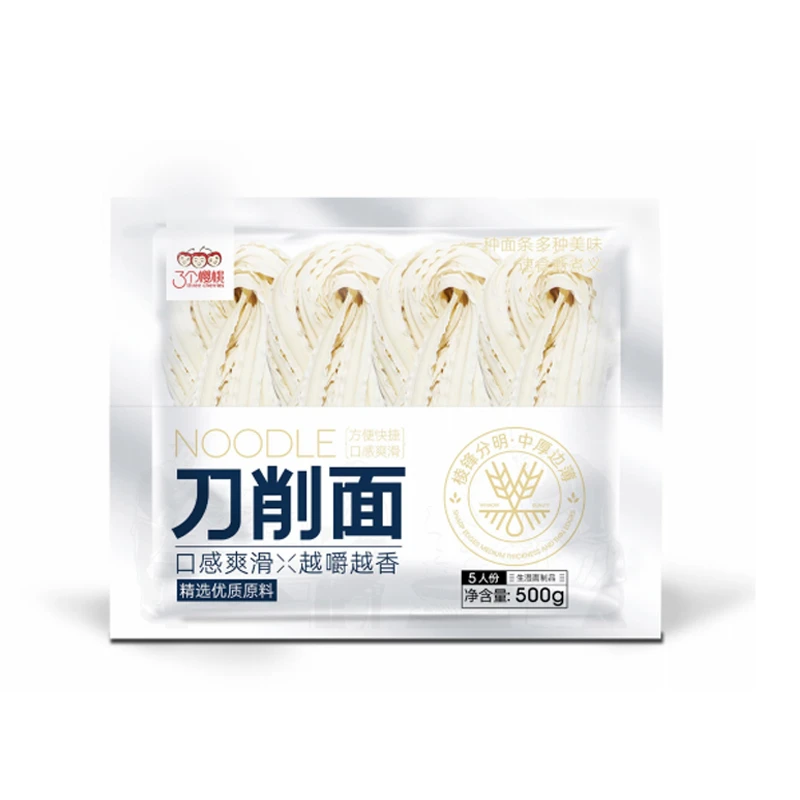udon soba noodles difference
Understanding the Differences Between Udon and Soba Noodles
Japanese cuisine is renowned for its diverse range of delicious dishes, many of which feature noodles as a primary ingredient. Among the most popular types are udon and soba noodles, each with unique characteristics and culinary uses. While both serve as staples in Japanese cooking, understanding the differences between udon and soba noodles can enhance your appreciation for these beloved ingredients and help you make informed choices in your culinary adventures.
Udon Noodles
Udon noodles are thick, chewy wheat noodles that are a favorite in Japanese cuisine. Traditionally, udon is made from three basic ingredients wheat flour, water, and salt. The dough is kneaded and then rolled out into flat sheets before being cut into strips. This process gives udon its characteristic texture, which is smooth and pliable.
Udon noodles come in various thicknesses, but they generally have a wide and rounded shape. Their hearty texture makes them perfect for soaking up broths and sauces. They often serve as the base in various dishes, including udon soup, stir-fries, and cold noodle salads. One popular preparation is zaru udon, where the noodles are served chilled on a bamboo mat, accompanied by a dipping sauce.
In Japan, udon is typically enjoyed in both hot and cold dishes, and regional variations abound. For instance, the Sanuki udon from Kagawa is famous for its firm and bouncy texture, while the Kyoto-style udon is often served in a lighter broth with seasonal vegetables.
Soba Noodles
On the other hand, soba noodles are thin, buckwheat noodles that are celebrated for their nutty flavor and unique texture. Made from buckwheat flour and water, soba can also contain a portion of wheat flour, which helps bind the dough. The use of buckwheat as the primary ingredient gives soba noodles their distinct taste and is also what makes them gluten-free (though not all soba noodles are 100% buckwheat).
Soba is versatile and can be enjoyed both hot and cold. Cold soba is often served with a dipping sauce known as tsuyu, while hot soba is typically found in noodle soups with various toppings such as scallions, tempura, or tofu. Soba noodles are commonly used in dishes such as soba salad, where they are tossed with vegetables and a light vinaigrette, making them a refreshing option.
udon soba noodles difference

The popularity of soba can also be attributed to its health benefits. Buckwheat is rich in protein, fiber, and essential nutrients, making soba noodles a nutritious choice. Many health-conscious diners choose soba over other types of noodles for their lower calorie and glycemic index.
Key Differences
While both udon and soba noodles are integral to Japanese cuisine, they differ in several key aspects
1. Ingredients Udon is made from wheat flour, while soba is primarily made from buckwheat flour. This fundamental difference in ingredients leads to variations in flavor, texture, and nutritional profile. 2. Texture and Shape Udon noodles are thick and chewy, with a rounded shape, whereas soba noodles are thin and slightly textured, often flat or square in cross-section. The thickness of udon allows it to hold up in hearty soups, while the delicate nature of soba makes it ideal for lighter dishes.
3. Culinary Uses Udon is often used in heavier dishes like soups and stir-fries, whereas soba is more versatile—it can be served cold or hot and is often used in salads and light meals.
4. Nutritional Content Soba noodles, being made from buckwheat, typically have a higher protein and fiber content compared to udon noodles, making them a more nutritious option.
Conclusion
In summary, udon and soba noodles are both vital components of Japanese cuisine, each offering unique flavors, textures, and uses. Whether you prefer the chewy, comforting nature of udon or the delicate, nutty taste of soba, these noodles provide endless possibilities for culinary exploration. Embrace their differences, and allow these delightful noodles to inspire your next meal.
-
Unlock the Delicious Potential of Yam NoodlesNewsAug.11,2025
-
The Authentic Taste of Lanzhou NoodlesNewsAug.11,2025
-
Savor the Art of Hand Pulled NoodlesNewsAug.11,2025
-
Indulge in the Timeless Delight of Spaghetti BologneseNewsAug.11,2025
-
Indulge in the Rich Flavor of Braised Beef NoodlesNewsAug.11,2025
-
Elevate Your Meals with the Magic of Fresh PastaNewsAug.11,2025
-
Unleash Your Inner Chef with Delectable Italian Pasta CreationsNewsAug.01,2025
Browse qua the following product new the we

















































































































